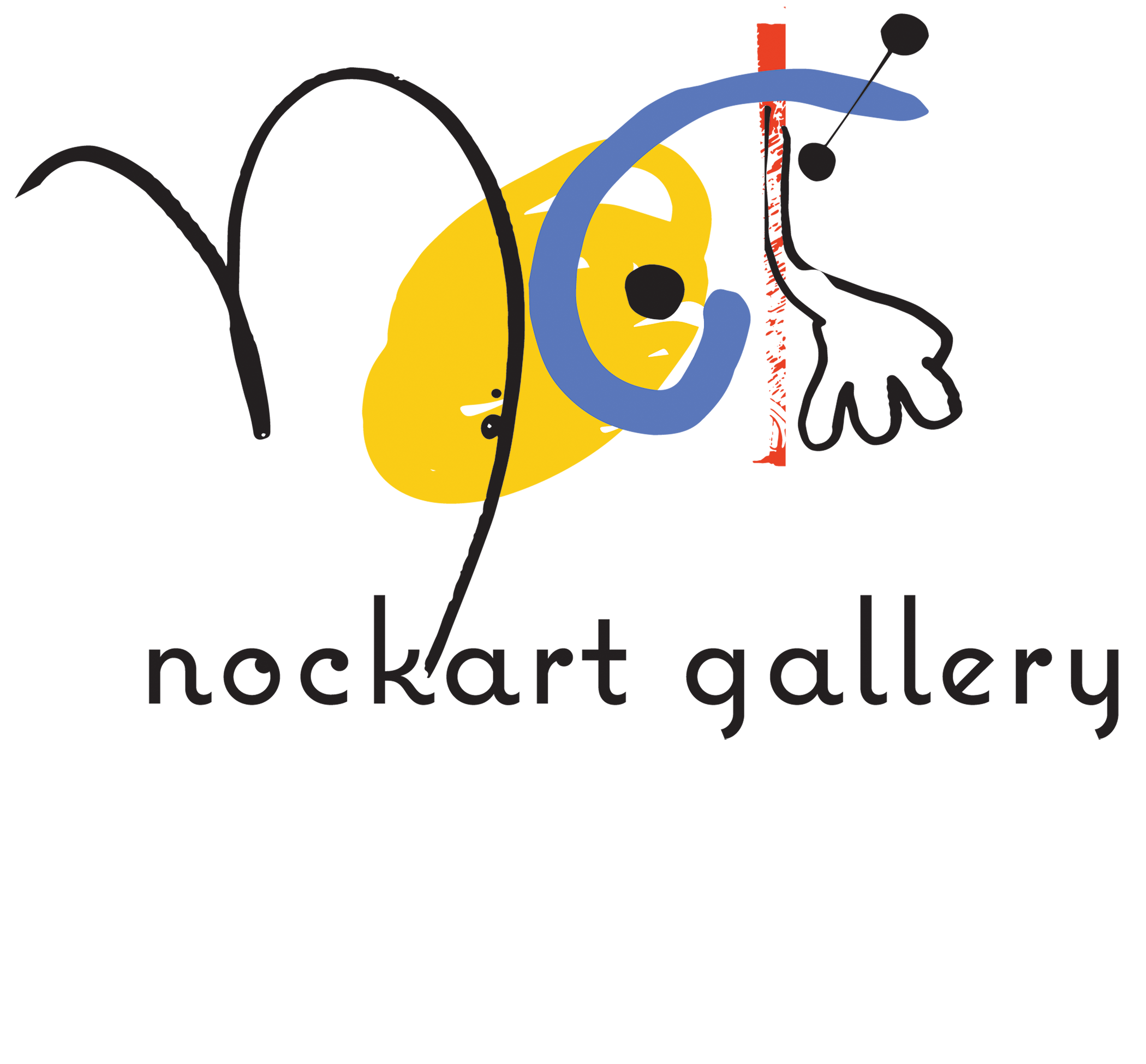Banned in burma
Painting Under Censorship
20 October - 9 November 2014
For 50 years Burmese painters labored under strict state censorship. Banned in Burma: Painting Under Censorship features paintings produced under military or quasi-military governments from 1962 to 2011 and in the aftermath of the March 2011 transition to civilian rule. The exhibit provides a rare glimpse into the cultural community and mindset of artists operating under the mechanics of censorship. For many painters, this will be the first international exhibition of their work.
From 1964 to 2013, a Censorship Board overseen by the Press Scrutiny and Registration Division determined permissible content for art exhibitions based on a 1964 legal code created soon after the onset of state socialism under General Ne Win. The ambiguous wording of the code resulted in an ad hoc application of the prohibitions by censors, an assortment of government officials with little, if any, training in the visual arts who rotated through the board every six months to one year.
On the opening day of art exhibitions, the gallery owner typically invited the censors to survey the assembled works in the hope of receiving a certificate granting permission for the show to open. The censors inspected the artwork and questioned the gathered artists about their paintings, seemingly at random, and removed from public display any paintings deemed inappropriate.
Paintings that drew the attention of the Censorship Board typically fitted into one or more of four key categories - though decisions were never entirely systematic. Certainly censors took a very conservative view of morality, and routinely banned nudes and anything else deemed to contravene their narrow moral code. They were also always on the alert for political art, and tended to censor what they saw as both direct and indirect political criticism.
In addition to these two core categories, they disliked abstraction, holding it to be outside the Burmese tradition. Finally, they also objected to excessive use of three colours: black and white because of the contrasting pictures of doom and purity they conveyed; and red because of its common association with blood and revolution, and after 1988 its link with Aung San Suu Kyi's National League for Democracy.
Paintings that were censored for all of these reasons are displayed in the exhibit. Alongside them are paintings that escaped scrutiny through use of euphemisms or code, and paintings that were never submitted for public exhibition and therefore not subject to censorship. Indeed, one important theme here is how artists shaped their work, and display of their work, in response to a strict censorship regime. While some sought to outwit the censors, others simply chose not to confront them at all by keeping their paintings under wraps or exhibiting them outside the country.
A third group of paintings shown in the exhibit comprises works by artists who experienced censorship, but are now operating in the more free environment created by the quasi-civilian government installed in 2011. Questions can be asked about how far artists are probing the country's newfound freedoms, for some very sensitive topics appear not to be addressed robustly - with Buddhist-Muslim tension and conflict clearly to the fore. The paintings shown here may help to answer some of those questions.
At a time when Burma is poised to follow China, Vietnam and other developing Asian countries into the international art market, it is important to understand the straightjacket of state control that existed until very recently. International art institutions such as the Guggenheim, the Singapore Art Museum, and the Fukuoka Asian Art Museum are already collecting Burmese art, but there has yet to be a major exhibition in Hong Kong showcasing established and emerging voices in the Burmese art scene.
This exhibit offers a snapshot of the fears and aspirations of successive military or military-backed regimes in Burma, and the contrasting voices of artists attempting to present their own interpretations of their society and the politics that governed it.
On view at the Nock Art Foundation from October 20 to November 9, 2014 and the Hong Kong Visual Arts Centre from November 29 to December 1, 2014, the show is co-curated by Melissa Carlson and Ian Holliday in partnership with Pyay Way of Nawaday Tharlar Gallery in Yangon and in consultation with Aung Soe Min of Pansodan Gallery in Yangon. The exhibit is generously sponsored by the Nock Art Foundation.
Participating Artists:
Aung Khaing
Aung Kyi Soe
Aung Myint
Aung Soe Min
Chan Aye
Khin Maung Yin
Ko Ko Naing
Maung Lu Shin
Maung Theid Dhi
Min Zaw
Myint San Myint
Myint Soe
Phyu Mon
San Minn
Sandar Khine
Shein
Soe Naing
Than Htay
Zwe Yang Nain
















